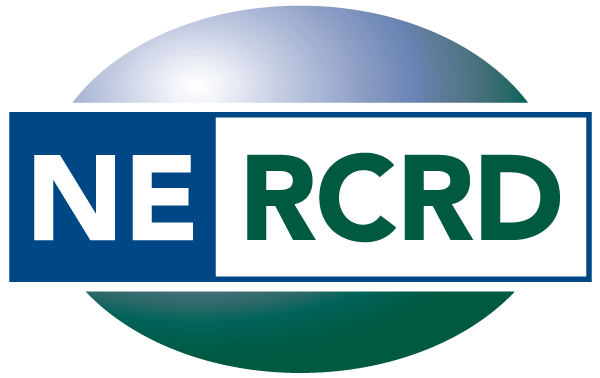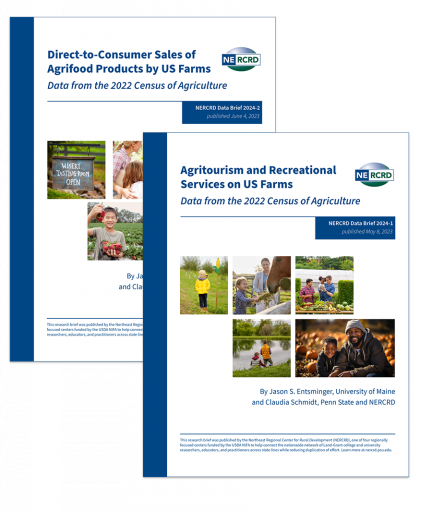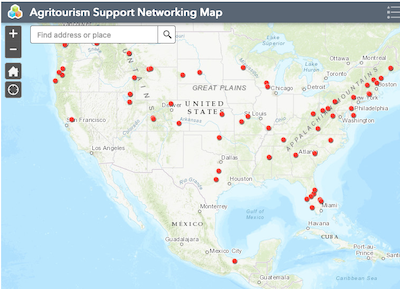Archive for Food Systems, Nutrition Security, and Agriculture
Direct-to-Consumer Sales of Agrifood Products by US Farms: Data from the 2022 Census of Agriculture
A new data brief by Jason S. Entsminger (University of Maine) and Claudia Schmidt (Penn State and NERCRD) provides a snapshot of the direct-to-consumer sales of agrifood products, and documents recent changes across the industry. The data brief, which was published by the Northeast Regional Center for Rural Development (NERCRD), is available below:
Authors: Jason S. Entsminger and Claudia Schmidt
Publication: NERCRD Data Brief Series Date Published: June 3, 2024
Agritourism and Recreational Services on US Farms: Data from the 2022 Census of Agriculture
A new data brief by Jason S. Entsminger (University of Maine) and Claudia Schmidt (Penn State and NERCRD) provides a snapshot of the national agritourism landscape and documents recent changes across the industry. The data brief, which was published by the Northeast Regional Center for Rural Development (NERCRD), is available below:
Authors: Jason S. Entsminger and Claudia Schmidt
Publication: NERCRD Data Brief Series Date Published: May 7, 2024






